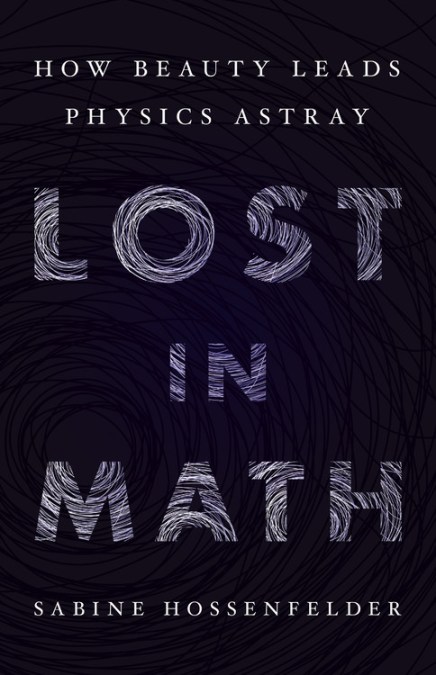 Sabine Hossenfelder, author of Lost in Math: How Beauty Leads Physics Astray, tells us of one solution that would eliminate the need for dark matter:
Sabine Hossenfelder, author of Lost in Math: How Beauty Leads Physics Astray, tells us of one solution that would eliminate the need for dark matter:
To explain the EDGES [Experiment to Detect the Global Epoch of Reionization Signature] result, dark matter would need a stronger interaction with normal matter than presently assumed. If so, that could shift the temperature between gas and radiation and give rise to more absorption. However, a more strongly interacting type of dark matter is difficult to make compatible with other observations that rule out such interactions.

Stacy McGaugh – the modified gravity dude – had the brilliant idea to see what the absorption signal from the first stars would look like if there was just no dark matter. Turns out this would fit remarkably well with the EDGES data. I say “remarkably well” because the parameters that enter his calculation are known from other measurements already, so no freedom to adjust them.
The reason why the absorption is stronger without dark matter isn’t hard to understand. The more matter there is in the universe, the faster the expansion decelerates. This means without dark matter, the period in which the gas can interact with the radiation is longer, allowing more absorption.Sabine Hossenfelder, “First stars spell trouble for dark matter” at BackRe(Action)
Hossenfelder isn’t convinced but she finds the thought outside the box interesting to consider.
Follow UD News at Twitter!
See also: Theoretical physicist Sabine Hossenfelder shares her self-doubts about exposing nonsense in cosmology